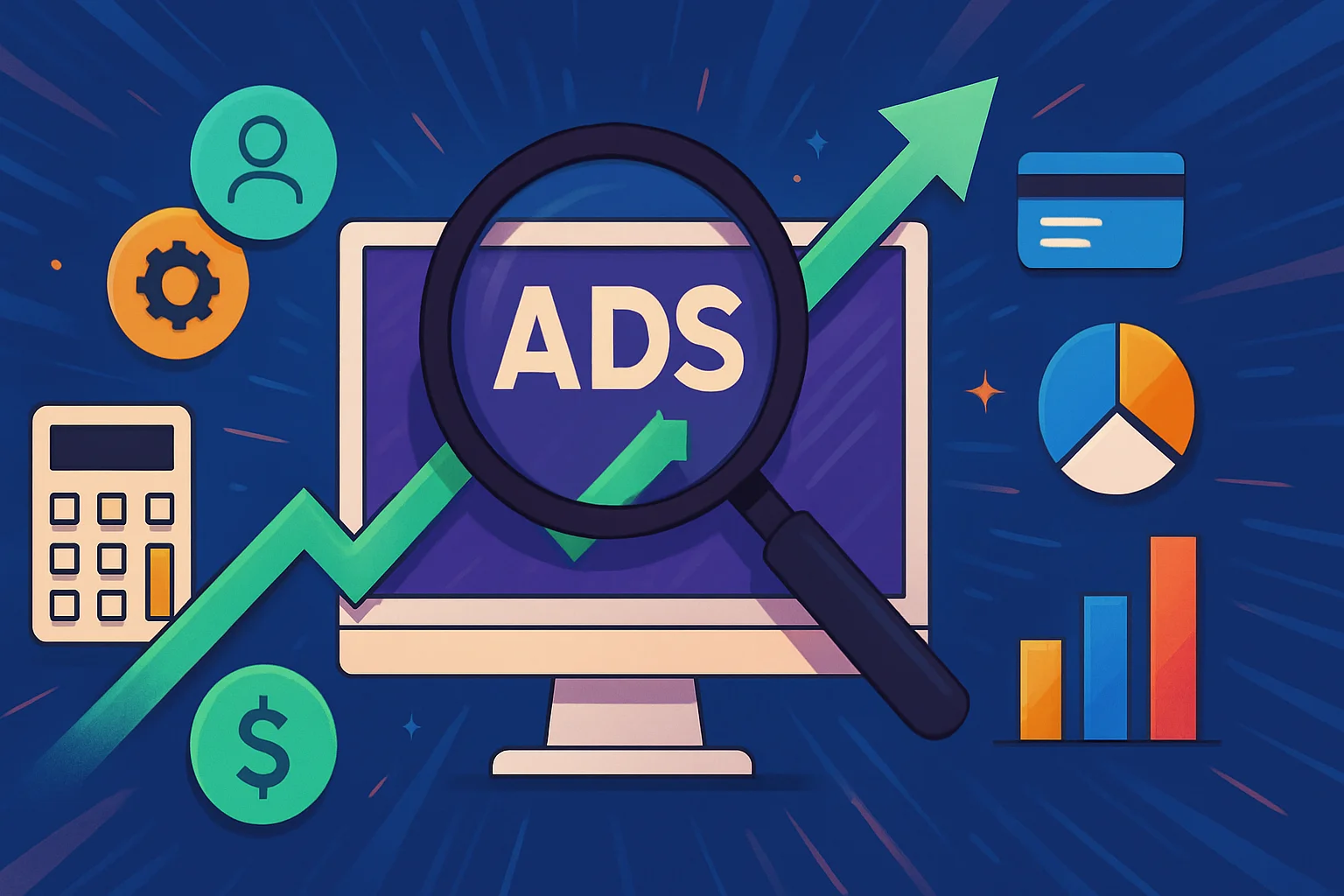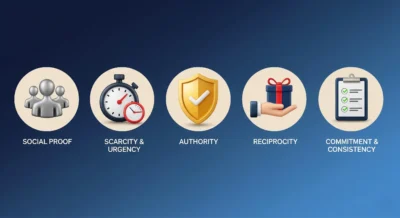In a crowded digital marketplace, Google Ads remains one of the most powerful channels for driving qualified traffic and conversions. Yet as competition intensifies and costs climb, simply bidding on high-volume keywords no longer guarantees profitability. To truly maximize your return on ad spend (ROAS), you need to layer in advanced audience targeting and automation hacks that precision-tune your campaigns, reduce waste, and scale winners. This guide dives deep into the tactics top agencies and in-house teams are using in 2025 to squeeze every drop of value from their Google Ads budgets.
Advanced Audience Targeting Strategies
In-Market & Custom Intent Audiences
In-Market Audiences let you reach people actively researching specific products or services. Layer these on high-volume keywords to bid more aggressively when users show purchase intent.
Custom Intent Audiences enable you to build segments based on the exact search terms, URLs, and apps your ideal customers use—essentially recreating your best-performing search queries in Display and Video campaigns.
Customer Match & Similar Segments
Customer Match uses your first-party data (emails, phone numbers) to re-engage known contacts across Search, Shopping, and YouTube. It’s particularly powerful for upsells, cross-sells, and loyalty campaigns.
Similar Audiences automatically expands your reach by finding new users whose behavior patterns closely mirror those in your Customer Match lists. Combine with bid multipliers to boost exposure to high-value look-alikes.
Remarketing Lists for Search Ads (RLSA)
RLSA lets you tailor bids and ad copy for users who’ve visited your site before. For example, bid 30 percent higher on “brand + product” searches from past visitors, and use more aggressive CTAs (“Complete Your Purchase Today”).
Demographic & Life-Event Layering
Beyond age and gender, Google now supports detailed demographics (home ownership, parental status) and life-events (moving, graduating). Targeting someone who’s just bought a home can drastically lift conversion rates for related products like furniture or renovation services.
Automation Hacks for Efficiency & Scale
Smart Bidding Strategies
-
→
Maximize Conversion Value with ROAS Targets: Let Google’s machine learning adjust bids in real time to hit your exact ROAS goal (e.g., 400 percent). Start with a modest target (e.g., 200 percent) and gradually raise as performance stabilizes. -
→
Seasonality Adjustments: For known peak periods (holidays, product launches), use seasonality windows to tell Google to bid more aggressively in specific date ranges, then revert back automatically.
Responsive Search Ads (RSAs)
RSAs allow you to input multiple headlines and descriptions; Google then tests combinations to find the highest-performing variations. Aim for 15+ headlines and 4 descriptions, weaving in dynamic keyword insertion and calls to action.
Dynamic Search Ads (DSAs)
DSAs automatically generate headlines and landing pages based on your website content. They’re perfect for covering long-tail keywords you haven’t explicitly built out and for discovering new keyword opportunities. Use custom labels in your feed to include or exclude specific categories.
Automated Rules & Scripts
Automated Rules (e.g., “Pause keywords with cost/conversion > $50 over the last 7 days”) help you enforce performance guardrails without manual oversight.
Google Ads Scripts can go further—automatically adjust budgets based on weather (e.g., raise bids for pool supplies when temperatures climb) or integrate external data (stock levels, lead quality scores) to refine bids and pause under-performers.
Putting It All Together: A Sample Workflow
- Data Audit: Export last 90 days of Google Ads performance, segment by device, audience, and keyword. Identify your top 20 percent of users by conversion value.
- Audience Build: Create Customer Match lists for those top-value users; build custom intent audiences around your highest-return search terms.
- Campaign Structuring: Launch a dedicated RLSA campaign for returning visitors with elevated bids. In parallel, roll out a custom intent Display campaign to prospect new users.
- Automation Setup: Apply a Target ROAS smart bidding strategy across Search campaigns. Schedule seasonality adjustments around your next big promotion.
- Ongoing Optimization: Implement automated rules to pause under-performing keywords daily, and deploy a script to boost budgets during peak hours for your industry.
Measuring Success & Iterating
| Metric | Why It Matters | Target Example |
|---|---|---|
| ROAS | Core efficiency metric—revenue per dollar spent | ≥ 400 percent |
| Cost per Acquisition (CPA) | Ensures you’re not overspending on leads | ≤ $25 (for lead gen) |
| Audience Performance Lift | Compares conversion rate vs. non-targeted users | + 30 percent for in-market segments |
| Automation Uptime | % of time smart bidding meets guardrails | ≥ 95 percent of days in compliance |
Regularly review these KPIs, adjust audience bid multipliers, and refine your scripts and rules. As you gather more first-party data and conversion signals, your automated strategies will only become sharper.
Conclusion
By combining laser-focused audience targeting with advanced automation, you can transcend the limitations of manual campaign management—cut wasted spend, amplify high-value segments, and scale your Google Ads investment efficiently. Start small: test one new audience segment with Target ROAS, implement a simple automated rule, and monitor the gains. With iterative refinement, you’ll unlock a level of agility and ROI that manual tactics simply can’t match.
Ready to elevate your Google Ads performance? At D’Digital, our certified PPC specialists craft bespoke audience and automation strategies that deliver measurable growth—book a strategy session today.



